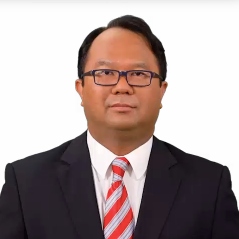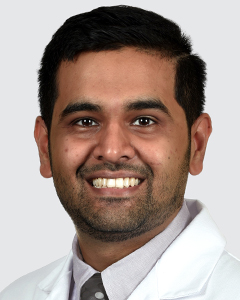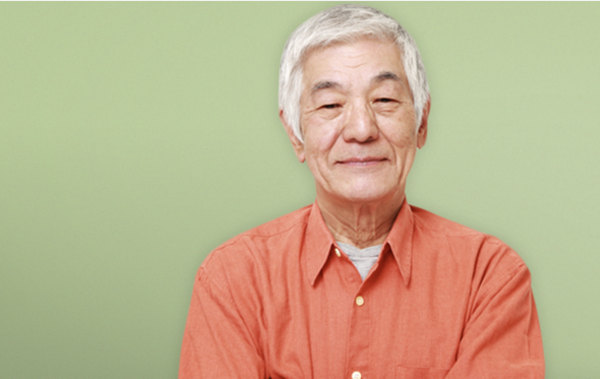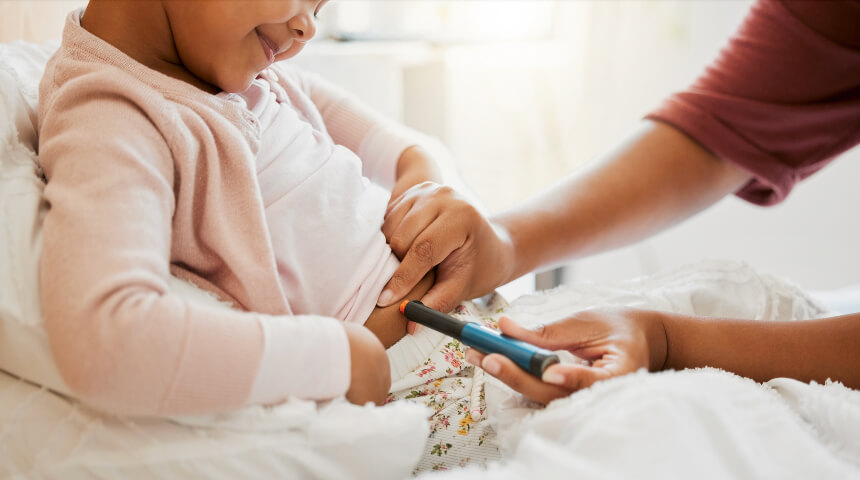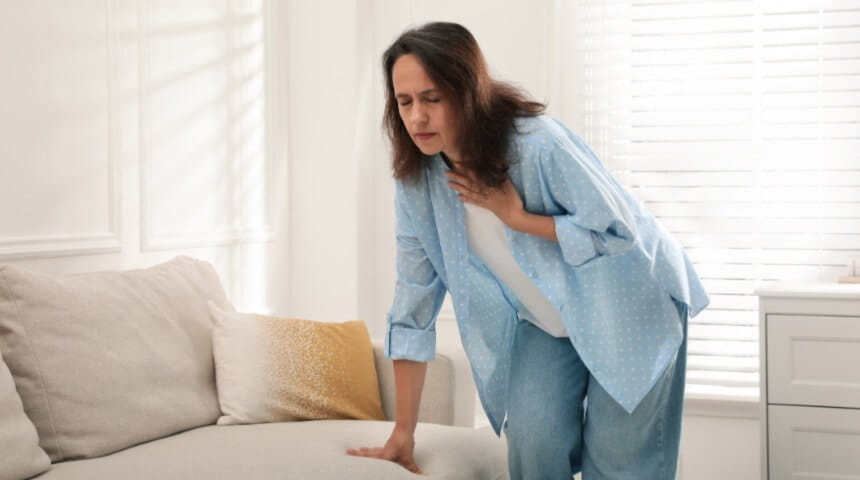The Best Attack Plan for Recovering from a Stroke
Stroke is a leading cause of long-term adult disability, affecting more than 795,000 Americans each year. Approximately two-thirds of stroke patients survive and require rehabilitation. Though stroke recovery can seem overwhelming, beginning rehabilitation early in the process can help you regain your strength, courage and independence.
What Is a Stroke?
A stroke is a brain injury that occurs when part of the brain does not receive enough oxygen, either because blood flow to the brain is blocked or because of bleeding in the brain. Strokes can vary in type (ischemic, aneurysm or hemorrhagic) and severity. A stroke can affect cognition, which affects memory, executive function, behavior and mood. It also can affect the body, causing paralysis or weakness to one or both sides, numbness, rigidity and spasms.
Act F.A.S.T.
Knowing the warning signs of a stroke may be the difference between recovery and disability. Learning to think and act F.A.S.T. is part of the American Stroke Association’s campaign to help people recognize when they are having a stroke.
Use the letters F.A.S.T. to spot the signs of a stroke:
● Face drooping
● Arm weakness
● Speech difficulty
● Time to call 911
If you have these symptoms, it is critical to call 911 immediately and get emergency treatment. Getting treatment as quickly as possible may lessen the severity of the injury and enhance recovery.
Immediate Medical Recovery
When someone comes to the hospital with stroke symptoms, the first step is to determine the type of stroke it is. Treatment will be based on the individual’s type and severity of stroke, as well as on how much time has passed. For some strokes, the window for giving certain medicines is 4 to 6 hours after the onset of symptoms, so the sooner the person gets to the hospital, the more options will be available for treatment.
The initial part of recovery involves managing acute medical issues, such as getting blood pressure or blood sugar levels under control and mitigating future physical risks. It may include medications to thin clots, or procedures to remove clots and direct more oxygen to the affected areas. Doctors will look at the patient’s medical history to determine what underlying factors may have led to the stroke — such as high blood pressure — and address those issues.
Recovery and Rehabilitation
Rehabilitation should begin as soon as a stroke patient is stable, sometimes within 24 hours after a stroke occurs. This first stage can occur within an acute-care hospital, however, it depends on the unique circumstances of the individual patient. In the acute care setting, for example, patients typically stay an average of two weeks and receive an aggressive therapy schedule of three hours per day, while medical management of their health continues.
Even after you are discharged from acute care, the first six months after a stroke are the most critical in long-term recovery, and rehabilitation remains key. Depending on your needs, the best option for continued rehab can include:
● A rehabilitation unit in the hospital with individualized inpatient therapy
● A free-standing rehabilitation hospital with individualized inpatient therapy
● A sub-acute or long-term care facility that provides therapy and skilled nursing care
● Returning home with outpatient therapy
● Returning home with home health therapy
The goals of rehabilitation are to help survivors relearn skills that are lost when part of the brain is damaged. For example, learning how to coordinate movements in order to walk or working to communicate effectively when speech is impaired. For some stroke survivors, rehabilitation will be an ongoing process and can involve working with specialists for months or years after the stroke.
Rehab and the Brain
Most organs in the body can heal or grow new cells after an injury, but the brain has few areas where cells grow back. Instead, the brain finds new pathways to work around the injured areas, and this process can take weeks or months. The best way to encourage that recovery is to stimulate the neurons in the brain through therapy. As the neurons activate the muscles, more connections are made for an improved outcome.
Even though rehabilitation may not cure the effects of stroke or reverse brain damage, rehabilitation can substantially help people achieve the best possible long-term outcome. The mission is to help the patient become as independent as possible with a carefully coordinated, individually focused, repetitively refined plan of care.
The Stroke Rehab Team
The best rehabilitation options are holistic and comprehensive, focusing on every aspect of care to help stroke patients reach and exceed their recovery potential.
Post-stroke rehabilitation teams can include:
· Physiatrist (Rehabilitation specialist physician)
· Hospitalist and/or primary care physician
· Neurologist
· Neuropsychologist
· Neurosurgeon
· Cardiologist
· Rehabilitation nurse
· Physical therapist
· Occupational therapist
· Recreational therapist
· Speech and language pathologist
· Registered dietitian
· Social worker
· Case manager
Specialized inpatient rehabilitation units can help treat patients with complex types of strokes. Advanced stroke treatments can incorporate robotics for mobility training and image-guided procedures for pain management to help patients achieve long-term gains in function.
Comprehensive Stroke Program
A Comprehensive Stroke Center is designated to treat the most critical and complex strokes. Orlando Health Stroke Centers provide superb care — from emergency response through recovery.
Learn More





